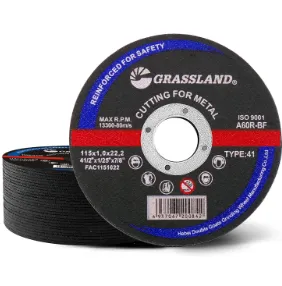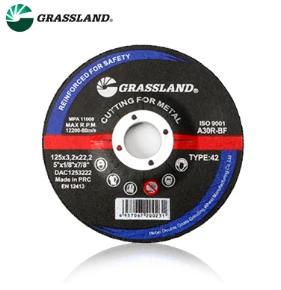

Each grinding wheel material offers distinct advantages. Selecting the right material requires considering the workpiece material, process parameters, and desired finish quality. Understanding these factors can dramatically affect cost efficiency and productivity. For instance, when grinding softer materials or requiring resilience against wheel breakage, aluminum oxide might be the best option. Conversely, in high-precision industries like aerospace or medical, where material hardness and surface finish are critical, diamond or CBN wheels may be worth the investment. Moreover, real-world experience and expert knowledge play significant roles in selection. It's important to consult with manufacturers or industry experts to tailor grinding wheels to specific applications. Testing different wheel compositions in controlled environments can also help determine the best fit, ensuring both performance and cost-effectiveness. Quality assurance is vital in selecting grinding wheels, as low-quality materials can compromise production outcomes, threaten safety, and increase costs. Choosing reputable manufacturers that adhere to industry standards ensures trust and reliability in grinding operations. In summary, grinding wheel materials must be selected with careful consideration of the application specifics and material properties. With ongoing advancements in material science, the future holds promise for even more innovative grinding solutions, supporting enhancements in manufacturing and metalworking industries.
Post time:Jan - 13 - 2025

















